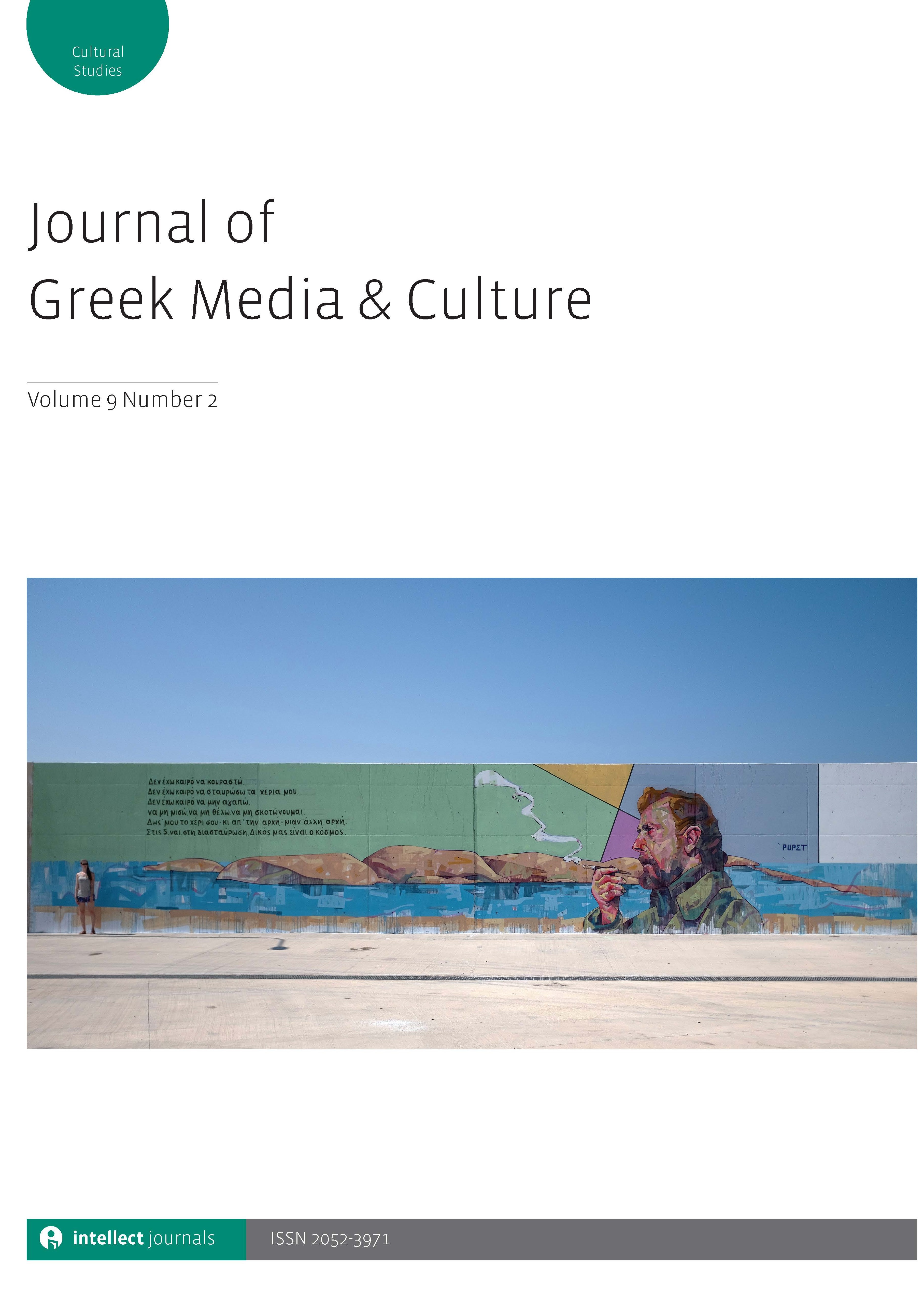-
f Yannis Ritsos’s Fourth Dimension: The making of a metamodernist masterpiece
- Source: Journal of Greek Media & Culture, Volume 9, Issue 2, Nov 2023, p. 135 - 153
-
- 02 Jun 2023
- 20 Jun 2023
- 05 Dec 2023
- Previous Article
- Table of Contents
- Next Article
Abstract
Regarded as the masterpiece of the large poetic production of Yannis Ritsos (1909–90), Tetarti diastasi (Fourth Dimension) (1972) is the result of a long creative process that engaged the poet for almost twenty years. This article draws from unpublished material from the Ritsos archive to retrace the history of the collection. What emerges from this reconstruction is that the development of Fourth Dimension was marked by three specific moments: the radical ideological shifts in 1956, following the death of Stalin and Nikos Zachariadis’s expulsion from the leadership of the Communist Party of Greece, the ‘mythological turn’ in 1963 in correspondence with Ritsos’s critical work on C. P. Cavafy and Vladimir Mayakovsky, and his political confinement and exile in 1967 after the military coup. All these moments show how Ritsos’s poetic project was in dialogue with the vibrant cultural context of the Greek ‘long 1960s’, becoming emblematic of a climate that I refer to as ‘metamodernist’, a moment in which modernism had still considerable influence while the awareness of being at the boundary, in a cultural transitional space, was already deeply felt.
Funding
- Graduate Research Grant of Merton College, University of Oxford



